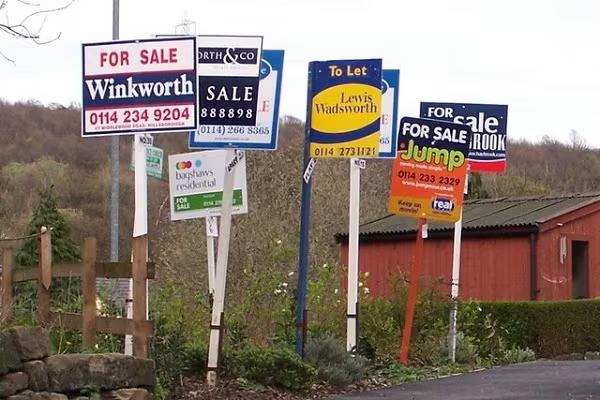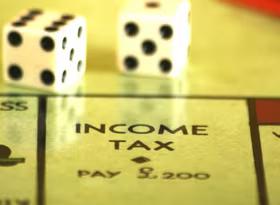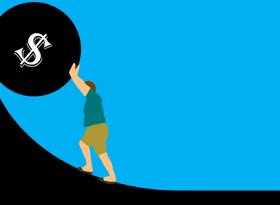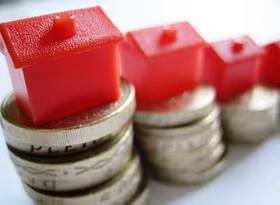This opinion piece was first published on Stuff on 24 July 2023.
House prices rose 0.6% in June according to the REINZ’s index, which was the first monthly increase since November 2021 after accounting for the usual seasonal pattern in prices. This result comes after nine months of significant migration inflows, which have led to increased speculation that the housing market could bottom out sooner than previously expected.
Prices are not the only housing market indicator showing some signs of improvement, with house sales volumes in June climbing to their highest in 16 months. This pick-up in sales is relatively modest and won’t be enough to start a rush of prospective new agents entering the industry, given that activity levels are still 41% below the frenzied days of December 2020. But this latest rise does suggest that sales volumes have bottomed out above the ultra-low levels recorded in 2008/09 during the Global Financial Crisis.
Although improving demand has been one factor behind the stabilisation in prices, the falling stock of listings throughout this year means the supply of properties available to buy has also been shrinking. Fewer people are listing their property for sale and, given the 17% drop in house prices from their peak, many people are choosing to take their property off the market if offers don’t meet their price expectations. The incidence of forced sales also remains relatively low – although the proportion of non-performing mortgage loans is increasing, it is still only a quarter of the level it was in 2010.
Have house prices already bottomed out, as forecast by bank economists? Or do they still have another 12 months to drift downwards, as predicted by the Reserve Bank and Treasury? The question is not a trivial one for potential first-home buyers or property investors. Across the current range of forecasts, it’s the difference between a property being worth $35,000 less or $35,000 more in a year’s time.
Suggestions that the housing market has reached its bottom could conceivably become self-fulfilling if potential buyers decide now is the time to jump back in. We saw the effects of herd mentality on the market at its most extreme during 2020 and 2021. However, FOMO is highly unlikely to be rekindled by a prediction that house prices could recover 5% over the next year.
Don’t be fooled, housing is still horribly unaffordable
Perhaps the best indicator of the housing market’s prospects is a reminder of how expensive it currently is to service a mortgage for new entrants to the market. Weekly mortgage repayments would suck up nearly 24 hours of before-tax pay on the average wage for a 25-year mortgage on an average house with a 20% deposit – a figure that, prior to 2021, had only been exceeded briefly once in 2007. In other words, three out of the five days in a working week would be devoted to meeting mortgage repayments. Even with the 17% drop in house prices and 11% increase in wages since late 2021, the affordability of debt-servicing has remained eye-wateringly high as interest rates have risen rapidly.
Against this backdrop, we see limited scope for house prices to rebound substantially from current levels any time soon. Better demand conditions in the near-term caused by strong immigration could lead to a short-lived bounce, similar to 2009/10 when prices lifted 6.3% following a 10% decline. But the reality is that the price buyers can pay will remain constrained by the servicing costs associated with that debt.
With that constraint in mind, most forecasters are expecting house prices by early 2026 to only be up to 10% higher than their current level – slow growth compared to what we usually see in the housing market. With wages expected to rise a little faster than house prices over the same period, a small improvement in housing affordability is possible.
“Small” is the key word though – weekly repayments could still be equivalent to between 20 and 23 hours of the average wage. This repayment level is still at an uncomfortably high level by historical standards.
Somewhat surprisingly, two banks are forecasting house prices to increase nearly 30% from current levels by March 2026, taking prices back above their 2021 peak. Our calculations suggest that if the official cash rate is still at or above 4% by early 2026, the forecasts are implausible, because they imply weekly debt-servicing costs at a new record high of 26-27 hours of the average wage. Even with an OCR of 2.5-3.0%, servicing costs would still be at 22-23 hours of the average wage.
These elevated ratios indicate a seemingly permanent lift in the real cost of housing that has occurred, not just during Covid, but continually throughout the last 20-30 years. More expensive repayments point towards a likely extended period where house price growth tracks in line with inflation and below income growth. And, perhaps most importantly, they highlight an enduring need to address the issues around land supply, planning regulations, and infrastructure that continue to limit our housing supply. Until those constraints are removed, any improvements in housing affordability look likely to be fleeting.






